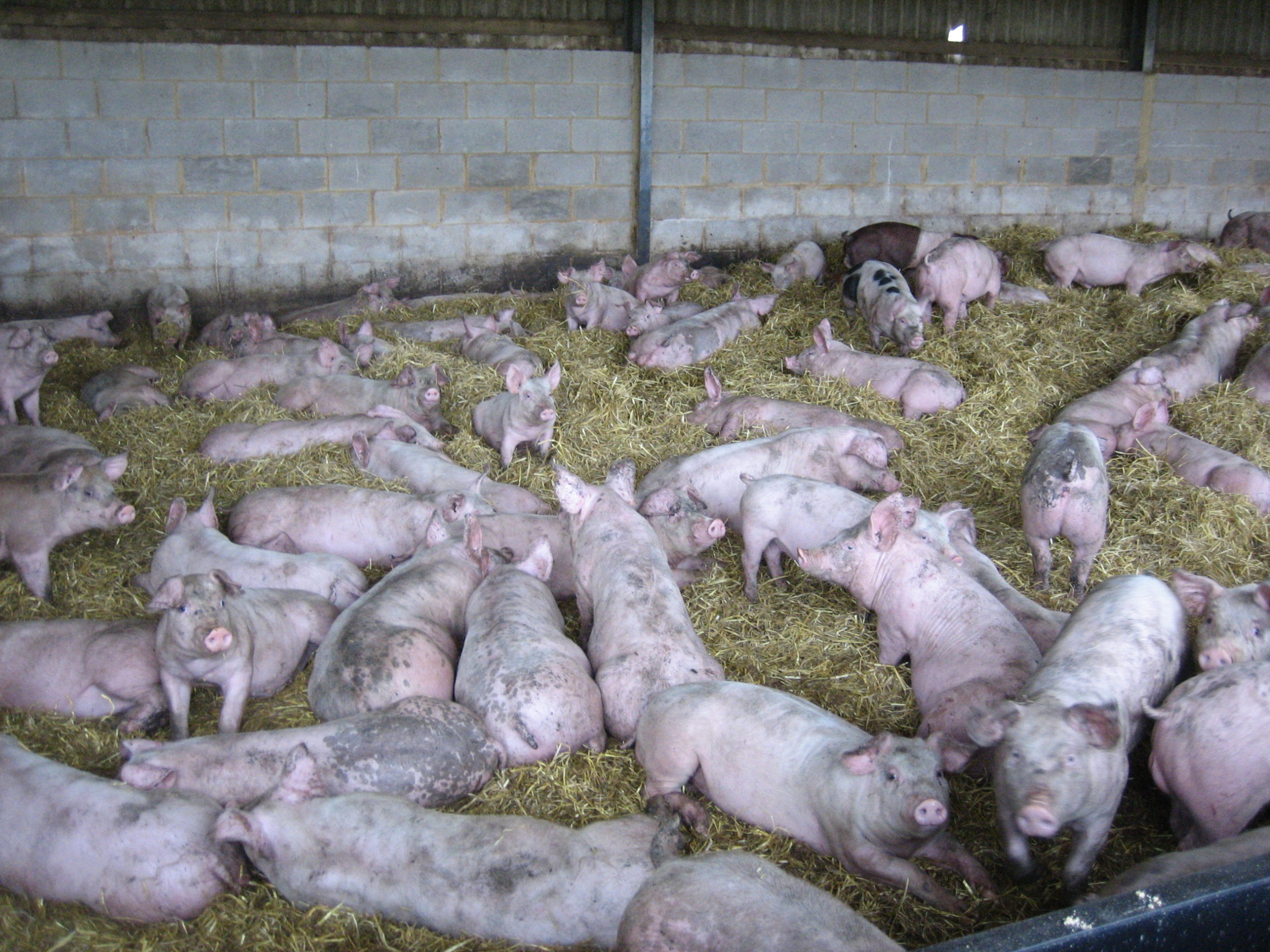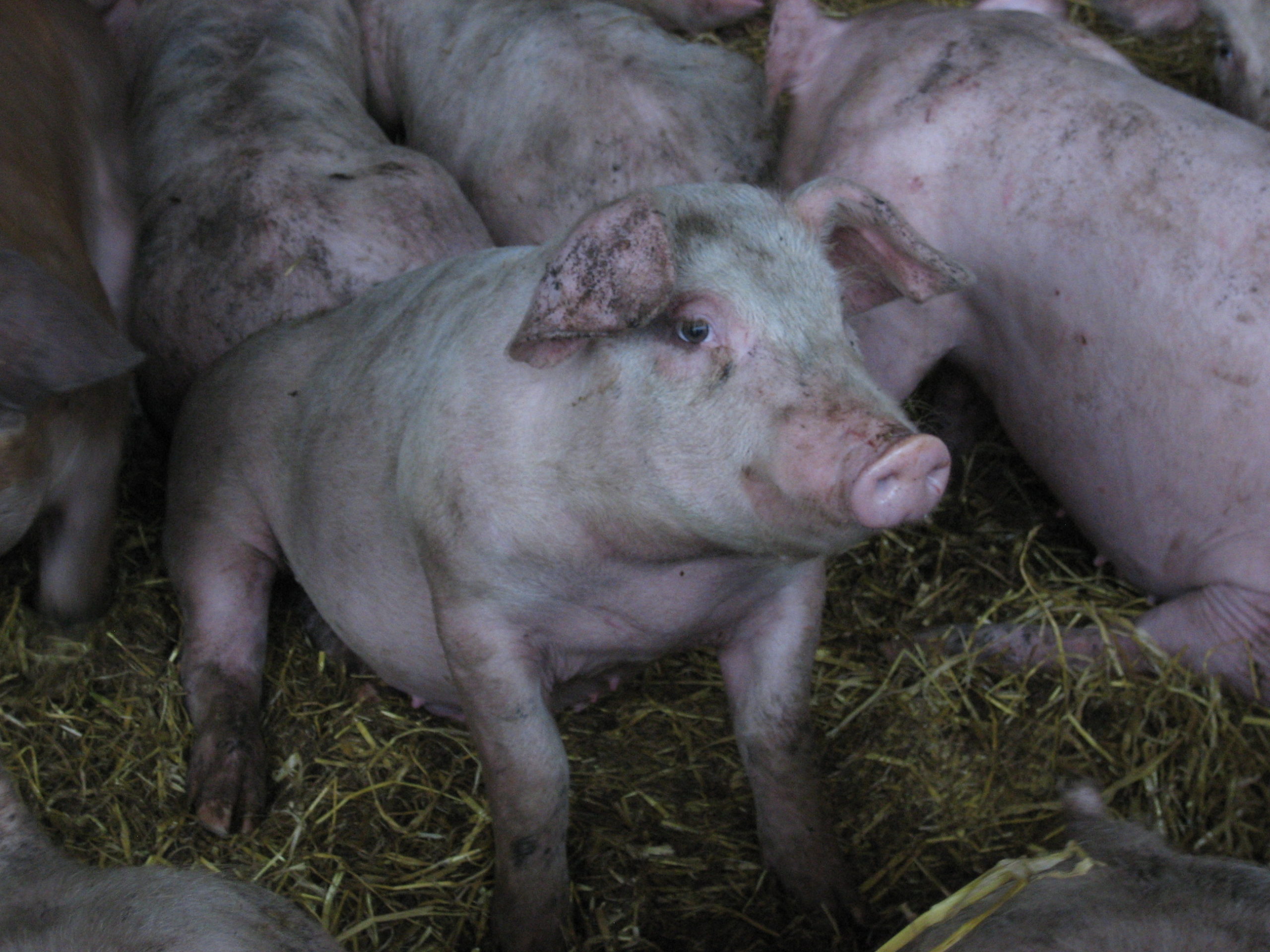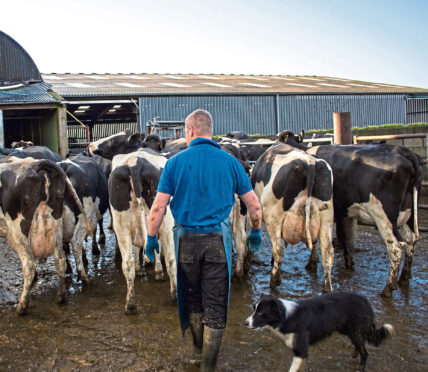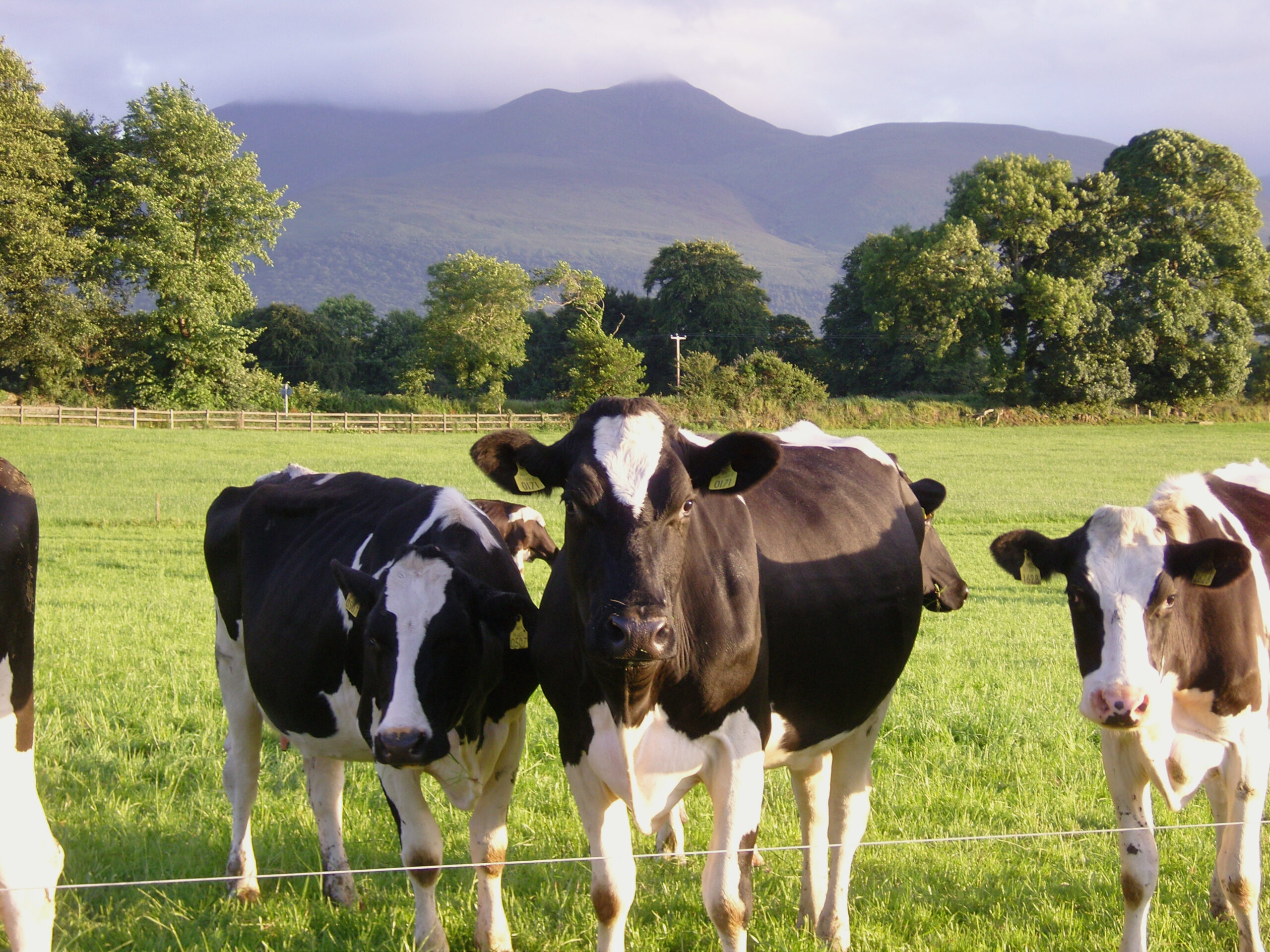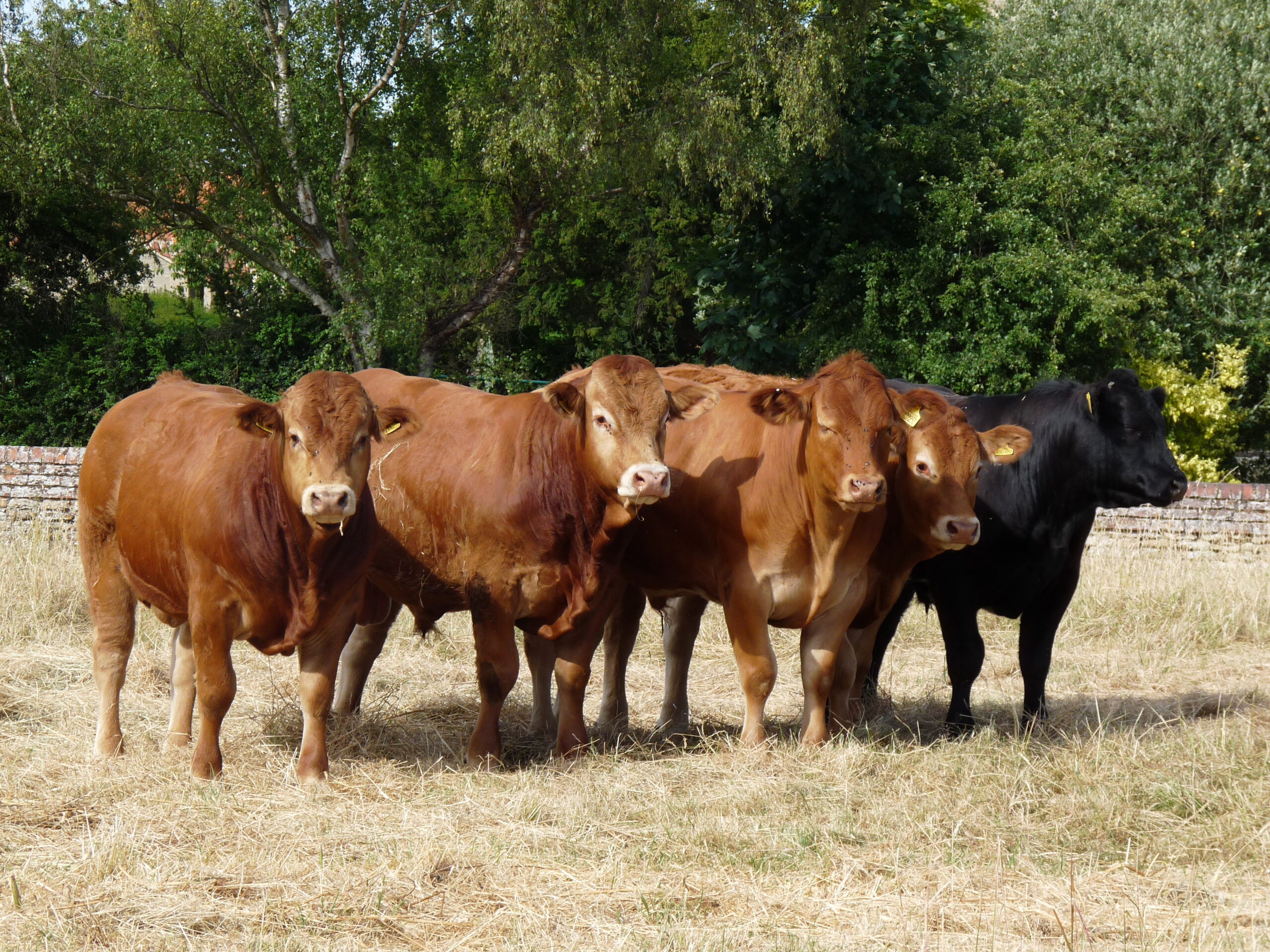Beef
Finished cattle prices continue to break records rising through March and into April, although not at quite the pace seen in February. The All Steer Deadweight price for the week ending 15th April was 490.8p per kg; this compares with 436.9p per kg for the same week in 2022. It is a similar picture for liveweight, with the overall steer price up 41.05 p per kg on the same week last year. In contrast, the cull cow price has shown some easing, with deadweight prices plateauing through March, although still comfortably above year earlier levels and over a £1 per kg higher than the 5-year average. Tight supplies continue to support prices. On the Continent the European Commission’s short-term Spring Outlook is forecasting EU beef production to decline by 1.6% year-on-year for 2023 as both dairy and beef herds contract due to low profitability and environmental pressures. The tight EU beef supply picture should continue to support UK prices.
Sheep
The finished lamb price had a ‘slow’ start to the year, but since March it has been climbing significantly and has now surpassed last year’s value. The Old Season Lamb SQQ overall average price for the week ending 15th April reached 306.6p per kg liveweight, compared with 274.6p per kg for the same week in 2022 and to 250.4p per kg just four weeks earlier. Trade has been supported by Ramadan, which finished on 21st April with Eid al-fitr and Easter. Anecdotal evidence reports that demand remains good but supplies are now short, which should continue to support prices. Furthermore, lamb prices for the week ending 9th April, in the key export markets of France and Spain were up by 7.8% and 6% on the year respectively with the EU sheep population having declined by 1.8% in 2022. However, bucking the trend was the Irish lamb price, for the week ending 2nd April, prices were 6.1% lower year-on-year.


